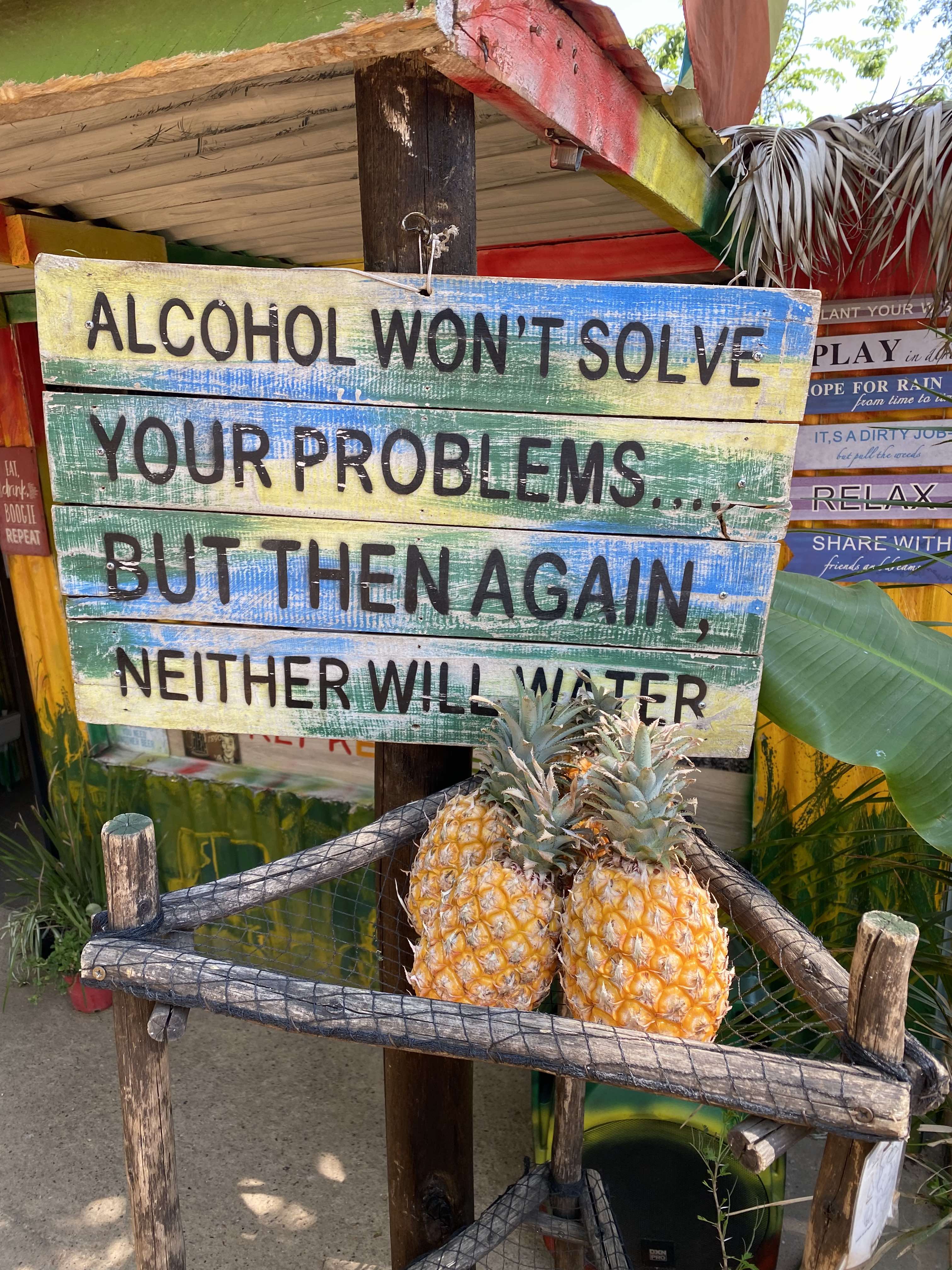Overview
Johannesburg, often referred to as Jo’burg or Jozi, is South Africa’s largest city and a key hub of economic activity. Known for its vibrant culture, history, and modern urban spaces, Johannesburg is a city of contrasts where the past and present coexist harmoniously. From its historical roots in the gold mining industry to its contemporary status as a global metropolis, Johannesburg offers a rich tapestry of experiences for travelers.
Getting There
- Airport: O.R. Tambo International Airport (JNB) is the main gateway to Johannesburg, with numerous international and domestic flights.
- Transport: The Gautrain is a rapid rail network that connects the airport to various parts of the city, including Sandton, Pretoria, and Rosebank. Taxis and ride-sharing services like Uber are widely available.
Best Time to Visit
- Spring (September to November) and Autumn (March to May) are ideal times to visit, with mild weather and less rainfall.
- Winter (June to August) is dry and sunny but can get chilly in the evenings.
- Summer (December to February) is warm but can be rainy.

Top Attractions
- Apartheid Museum
- A must-visit for understanding South Africa’s history. The museum provides a profound insight into the apartheid era and the struggle for freedom.
- Constitution Hill
- A former prison complex now home to South Africa’s Constitutional Court, offering tours that delve into the country’s judicial history.
- Soweto
- Visit the township of Soweto, which played a pivotal role in the anti-apartheid movement. Highlights include the Nelson Mandela House and Hector Pieterson Museum.
- Maboneng Precinct
- A rejuvenated area of Johannesburg, known for its artsy vibe, with galleries, street art, trendy restaurants, and boutiques.
- Gold Reef City
- A theme park and museum located on a former gold mine. It offers a mix of thrilling rides and historical exhibits about Johannesburg’s gold mining heritage.
- Cradle of Humankind
- A UNESCO World Heritage Site located just outside Johannesburg. It’s one of the world’s most significant paleoanthropological sites, home to the famous Sterkfontein Caves.
- Johannesburg Botanical Gardens & Emmarentia Dam
- A great spot for a relaxing day out with beautiful gardens, walking trails, and a large dam for picnics and water activities.
- Lion Park
- Located just outside the city, this park offers a chance to see lions, cheetahs, and other wildlife up close in a semi-wild environment.
Food & Dining
Johannesburg is a melting pot of cultures, and this is reflected in its food scene. You’ll find everything from traditional African cuisine to international flavors.
- Braai: South African barbecue, often enjoyed with pap (a maize dish) and chakalaka (a spicy relish).
- Bunny Chow: A fast food dish consisting of a hollowed-out loaf of bread filled with curry, originally from Durban but popular across the country.
- Shisa Nyama: Meaning “buy and braai,” these are open-air barbecue spots, popular in townships.
Top restaurants:
- Marble: Located in Rosebank, offering fine dining with a focus on live-fire cooking.
- The Grillhouse: Renowned for steaks and a classic South African dining experience.
- Neighbourgoods Market: Held on Saturdays in Braamfontein, it’s a vibrant spot for local street food and craft goods.
Shopping
- Sandton City: One of the largest shopping centers in Africa, with a mix of high-end retailers and local brands.
- Rosebank Mall: Known for its craft market, offering a range of African art, crafts, and souvenirs.
- 44 Stanley: A trendy shopping and dining complex housed in former industrial buildings, perfect for unique finds.
Safety Tips
- Johannesburg has areas with varying safety levels. Stick to well-known tourist areas like Sandton, Rosebank, and Maboneng.
- Avoid walking alone at night, especially in unfamiliar areas.
- Be aware of your surroundings and avoid flashing valuables.
- Use reputable transport options, such as registered taxis or ride-sharing apps.
Where to Stay
- Sandton: The business and financial hub, ideal for luxury hotels and modern conveniences.
- Rosebank: A vibrant and safe area, great for shopping, dining, and access to public transport.
- Melville: Known for its bohemian atmosphere, offering guesthouses and boutique hotels close to trendy bars and cafes.
Practical Tips
- Currency: South African Rand (ZAR)
- Language: English is widely spoken, along with Zulu, Xhosa, and Afrikaans.
- Electricity: 230V, plug types C, D, and M.
- Tipping: 10-15% in restaurants is customary.
Day Trips
- Pilanesberg National Park: About 2 hours from Johannesburg, offering a chance to see the Big Five in a malaria-free zone.
- Sun City Resort: An entertainment complex near Pilanesberg, featuring casinos, water parks, and golf courses.
- Hartbeespoort Dam: A popular spot for outdoor activities like hiking, cableway rides, and visiting animal sanctuaries.
Johannesburg is a city that blends the energy of a bustling metropolis with deep historical roots and a vibrant cultural scene, making it an essential stop on any South African itinerary.